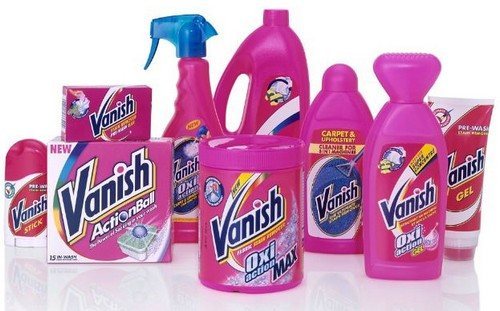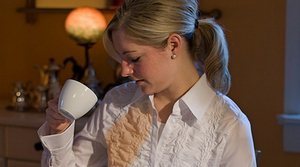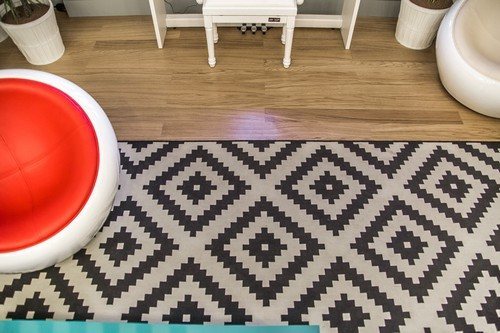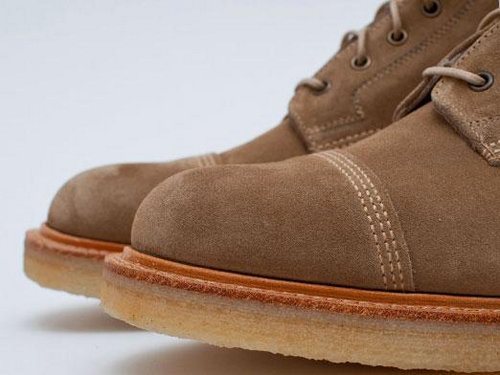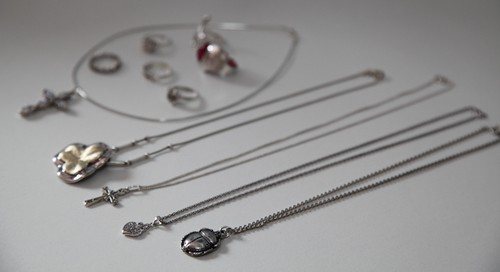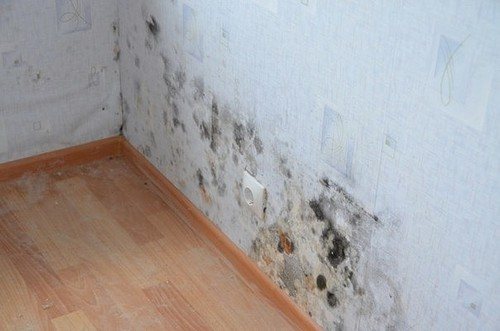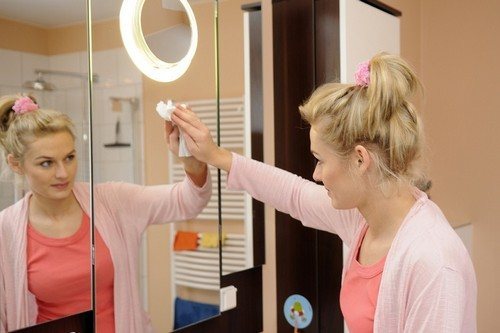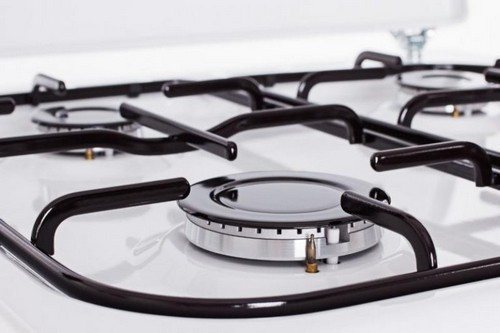Any housewife knows how important it is to keep her own home clean. Timely dust removal, cleaned plumbing fixtures, and washed floors will protect households from fungi and bacteria. However, if everything is clear with these cleaning nuances, then the question of how to clean upholstered furniture is of interest to many who love order.
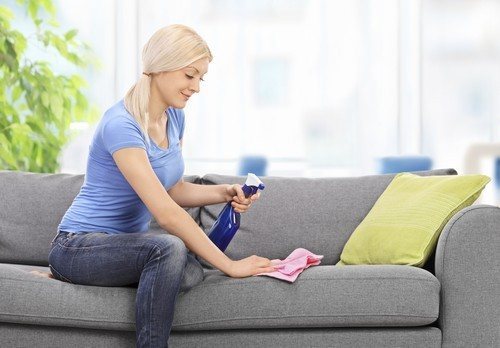
- The importance of regular cleaning of upholstered furniture
- Basic cleaning rules
- Types of upholstery
- Features of caring for different upholstery of upholstered furniture
- Caring for fabric upholstery
- Suede
- Flock
- Velours
- Jacquard
- Shinshilla
- Gozhka
- Tapestry
- Scotchgard
- Courtesan
- Microfiber
- Silk
- Boucle
- Features of cleaning leather furniture
- Natural leather care
- Cleaning artificial leather
- Cleaning eco-leather furniture
- Cleaning faux fur
- Store products
- Homemade products for cleaning upholstered furniture
- Basic rules for dry cleaning upholstered furniture
- Basic rules for wet cleaning of upholstered furniture
- Methods for removing various stains from upholstered furniture
- Features of cleaning light upholstered furniture
- Updating the upholstery color of upholstered furniture
- How to get rid of unpleasant odors from upholstered furniture
- How to remove greasy stains from upholstered furniture
- Cleaning company services
The importance of regular cleaning of upholstered furniture
Regular care of sofas and armchairs destroys dust mites. Insects feed on particles of dead skin. They are not dangerous to humans, but an increase in their number can have unpleasant consequences.Insect waste can trigger allergies as well as asthma.
Basic cleaning rules
To effectively clean the surface of upholstered furniture, it is recommended to follow some rules:
- covers should not be washed in a washing machine or dried with a hair dryer;
- there is no need to vacuum sofas and armchairs too often, as the pile may be damaged;
- do not apply chemicals directly to the upholstery;
- using several products will ruin the pile;
- After cleaning, the textiles dry on their own.
Types of upholstery
Traditionally, there are two types of upholstery for upholstered furniture:
- Fabric. The textile option amazes with the variety of fabrics. The composition may contain natural materials (cotton, linen), artificial (viscose) and synthetic (nylon, polyester, lavsan). Furniture with fabric upholstery is strong, durable, and affordable.
- Leather (natural and artificial). Leather upholstery looks more respectable, but is not cheap. During production, the material is impregnated with a special substance, this determines durability during operation.
Features of caring for different upholstery of upholstered furniture
Before starting the process, you should make sure that there are no allergic reactions to chemicals. It is recommended to carry out manipulations with rubber gloves, while ventilating the room. Do not use brushes that are too hard.
Caring for fabric upholstery
Each type of textile on upholstered furniture requires special attention. Therefore, you should first determine what material serves as the upholstery.
Suede
The material is vacuumed and then brushed with a special brush. Dirt is removed with white vinegar and alcohol. To maintain cleanliness, it is recommended to treat the coating with a special protective spray.
Flock
Accumulated dust is removed from the surface using a damp sheet and physical effort. The fabric is placed on the sofa and they begin to beat it out. Help with care:
- washing powder diluted in water. Use a moistened sponge to wipe dirty areas. After 20 minutes of waiting, the remains are removed;
- crushed diluted laundry soap;
- lemon juice. A few drops are needed per liter of water. Treat the sofa with a wet cloth and leave for 15 minutes, after which the area is wiped with a clean sponge;
- alcohol solution. Treat the area with a sponge soaked in the substance; if necessary, the manipulations are repeated several times;
- ice. If chewing gum is found on the flock upholstery, you can get rid of it with a piece of ice. Wrap the ice in a clean rag, apply it to the gum and wait. When it hardens, carefully remove it with a spoon.
Velours
The fabric itself is delicate; it is not recommended to use chemicals to clean it. You can remove dirt from the upholstery using diluted vinegar or liquid soap. At the end of processing, it is recommended to steam the fabric with an iron.
Jacquard
Covers made from jacquard can be washed in a washing machine at a temperature without a spin function. Jacquard upholstery is washed with diluted soap.
A clean, absorbent towel can remove grease stains from such surfaces. Traces of lipstick and pens can be easily removed with diluted alcohol. Chlorine-containing substances and bleaches are contraindicated for cleaning jacquard.
Shinshilla
Textiles are washed with diluted soap, using dry treatment to remove stubborn dirt. The fabric is not afraid of a vacuum cleaner, so you need to take care of it regularly.
Gozhka
The fabric requires weekly care, and do not use chemicals or dry it after cleaning. The area of contamination is pre-soaked and then carefully removed with a soft brush.
Tapestry
Textiles are distinguished by their ease of care. It is recommended to clean it with a brush periodically. If dirt that is difficult to remove appears, dry cleaning should be carried out.
Scotchgard
Cleaning such surfaces using bleach is contraindicated.
Contaminants are removed as follows:
- an absorbent towel is placed on the stain;
- the area is treated with soapy water;
- After waiting 5 minutes, the area is wiped clean.
Courtesan
Due to the impregnation of the material with a special water-repellent substance, it is difficult to get dirty. Since textiles do not react to chemicals, they need to be washed with diluted liquid soap.
Microfiber
The optimal cleaning tools are a soft-bristled brush and a clean foam sponge. For processing, machine washable at 40 degrees.
Regular stains can be removed with a mild soap solution for 3-5 minutes; difficult to remove stains can be removed with cleaning agents.
Silk
You should look after it very carefully:
- Before cleaning, remove large and small debris from the surface;
- Carefully treat the surface with diluted powder for delicate fabrics;
- The fabric cannot be dried with a hairdryer or any other device.
Boucle
Dirt is removed with soap dissolved in water. Textiles do not accept the use of chemicals or bleaches.
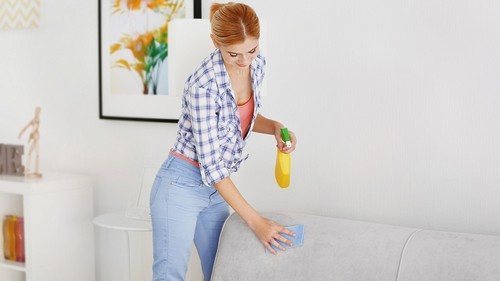
Features of cleaning leather furniture
This upholstered furniture looks elegant in any interior.Leather is distinguished not only by its beauty, but also by its practicality in use. She is easy to care for.
Several times a month the material is treated with a special preparation with a protective function. It is available in the form of sprays, balms, and ointments.
Natural leather care
Genuine leather has a specific smell. To get rid of it, you should scatter ground coffee over the surface. Since the product leaves traces, it is not recommended to carry out such manipulations on light-colored furniture.
The surface is cleaned with wax or colorless cream. Stubborn stains are removed with diluted shampoo, oil traces are sprinkled with chalk powder.
Cleaning artificial leather
In terms of functionality, textiles are not inferior to natural materials.
The surface is cleaned with a roller or soft cloth. To prevent frequent contamination, the surface should be treated with a protective spray.
Cleaning eco-leather furniture
In terms of wear resistance, eco-leather is not much different from artificial leather. They take care of it in a certain way:
- once every six months they are treated with a special water-repellent agent;
- accumulated dust is removed with a rag;
- To maintain shine, special ointments or wax are used;
- Persistent stains are removed with diluted ammonia.
Cleaning faux fur
The material accumulates a lot of dust and dirt. Faux fur is often subjected to mechanical cleaning, which is fundamentally wrong. It becomes hard and unpleasant to the touch. To care for such upholstered furniture use:
- diluted liquid soap;
- dissolved hydrogen peroxide;
- soda mixed in an alcohol solution;
- special washing gels.
Store products
On retail shelves there is a variety of household products for cleaning upholstered furniture. Before purchasing, you should read the information on the label. You should not purchase cleaning products with a high chlorine content. It is best to choose a composition that says “with active oxygen” on the bottle. It is most effective in fighting dirt.
Homemade products for cleaning upholstered furniture
Quite often, solutions prepared at home cope better with stains on upholstered furniture. The most popular among them are:
- Vinegar. The product is considered one of the most effective. It is diluted with water and applied to the contaminated area. Used for textiles that are not sensitive to alkali.
- Shampoo. The shampoo is diluted in warm water. For 1 part there are 9 parts of water. The resulting liquid is foamed. The foam is applied without rubbing. After 45 minutes, the cleaned area is vacuumed.
- Lemon acid. Well removes traces of mayonnaise, ketchup, coffee, tea drink. Used diluted. After using it, the cleaned area is washed with a weak solution of washing powder.
- Salt, Fairy and vinegar. This mixture removes traces of fat, alcohol, and coffee. Dishwashing liquid is mixed with vinegar and soda is carefully added. The liquid is sprayed and wiped with a rag after a few minutes.
- Ammonia and acetone. Ammonia copes well with many stains of unknown origin. For the best effect, add at least 15 drops to the shampoo. Acetone removes traces of felt-tip pens, colored pencils, ballpoint and gel pens. The area is moistened generously, rinsed lightly, and finally wiped dry.
- Vodka. An alcoholic drink is suitable if you don’t have diluted alcohol on hand.Vodka can be used to treat hard-to-reach areas of furniture made of natural or artificial leather.
- Soap. It is considered a universal remedy. Liquid soap is diluted, a napkin is moistened with it, and the surface is wiped in the direction of the pile. To remove stains from coffee and tea, diluted laundry soap is suitable.
- Soda. Baking soda works great on dirt. The substance is generously sprinkled onto the coating and left for 30-40 minutes. Also, soda is diluted in water 1:3, sprayed onto the dirt, leaving for several minutes. Finally, the surface should be blotted with an absorbent cloth.
- Other methods of care. In addition to the above ingredients, sawdust from deciduous trees or heated bran are perfect for caring for a sofa and chair. They fight well against glossy areas. Some decorative fabrics cannot be dry cleaned; in this case, stains are removed with a mixture of gasoline and washing powder. The substances are combined until a slurry is formed. The resulting mass is treated with textiles and left for several hours. Residues are removed with a napkin and hot water.
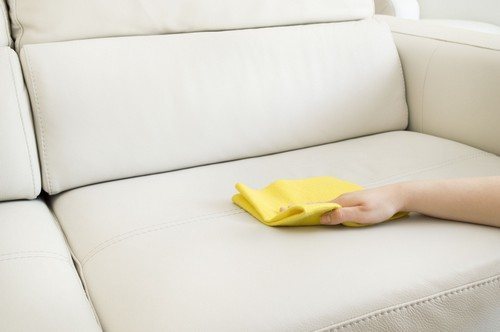
Basic rules for dry cleaning upholstered furniture
You can keep the coating clean using various ready-made sprays, foams, and special preparations. For regular dry cleaning, it’s worth stocking up on them for future use. Sprays are already ready for use; other substances must be diluted in water according to the instructions. Before purchasing, you should collect information about the product you are interested in and read reviews.
- Dry cleaning of fabric involves using a vacuum cleaner. It can be used to remove dust, animal hair, and other debris. Next, special household preparations (foam or spray) are used.Only foam is applied to the fabric. Its remains are removed after some time (it is also indicated in the instructions).
- Cleaning the skin involves the same algorithm of actions. At the end of cleaning the surface, it is recommended to treat it with a special product.
Basic rules for wet cleaning of upholstered furniture
Wet cleaning is carried out using diluted vinegar, ethyl alcohol, soap, and shampoo. Wet cleaning with a steam cleaner will also be effective. It not only fights stains, but also kills pathogenic bacteria and dust mites. This does not require special preparations; a hot stream of steam removes almost any dirt. The only disadvantage of this method is the high price of the equipment.
- Wet cleaning of fabric is not suitable for all materials. For example, silk does not tolerate contact with water. After liquid gets into the fabric, stains remain. Suede also does not tolerate moisture; the material should be cleaned with extreme caution and a little solution should be applied.
- Wet cleaning of the skin will be more effective than dry cleaning. The easiest way is to use soap. However, for more stubborn stains, ready-made chemicals are suitable. Before purchasing any of them, it is recommended that you read the product information. Some household preparations can easily clean natural leather, but can be destructive for artificial materials.
Do not wipe the covering with circular movements, as this can leave streaks on the upholstery. It is also not recommended to wet the napkin too much. After wet treatment, the surface must be wiped dry.
Methods for removing various stains from upholstered furniture
By regularly caring for the coating, you can get rid of almost all types of dirt. The most common causes of contamination and methods for their removal are given in the table.
| Urine | It is considered a difficult substance to remove. The stain emits a specific unpleasant odor. You can get rid of it with soap, alcohol solutions, diluted lemon juice, and hydrogen peroxide. |
| Fat | Grease stains should be removed as they appear. The soiled fabric can be sprinkled with salt and left for a while. Using ammonia is also suitable. To clean the skin, you can whip chicken protein into a foam, apply it to the surface and leave for a few minutes. Remove the remains with a cloth. |
| Red wine | The stain can be easily removed with laundry soap, a mixture of hydrogen peroxide and liquid soap, or diluted alcohol. |
| Coffee and tea | It is necessary to blot the stain with a cloth and carefully treat it with diluted soap. |
| Beer | Visible on white upholstery, the stain can be removed with vinegar. Diluted ground laundry soap will help combat the smell. |
| Berry juice | It is recommended to sprinkle the stain generously with fine salt, removing the remaining residue later. You can also use a soap solution. |
| Gum | Wrap an ice cube in a rag and apply it to the chewing gum. When it hardens, carefully peel off using a dessert spoon or teaspoon. |
| Markers and pens | Alcohol is suitable for a leather surface; dirt can be removed from a fabric surface with a stain remover, bleach, laundry soap, or a mixture of lemon juice and soda. |
| Cosmetics | Lipstick stains disappear after using an alcohol solution, dishwashing liquid, or hairspray. |
| Wax | The stain should be covered with a napkin and ironed. |
| Blood | The stain can be easily removed with cold water and laundry soap. |
| Juice | |
| Diluted soda, a mixture of ammonia and vinegar will help with the stain. |
Iron the stain through a paper napkin. Use ammonia or acetone to remove residue.
Children painted the walls with wax crayons: a life hack on how to clean wallpaper with a hair dryer
Features of cleaning light-colored upholstered furniture
It is recommended to wipe light-colored leather daily with wet wipes. Sometimes you can use diluted liquid soap. Stains from a ballpoint pen can be removed with glycerin. It is not recommended to use bleach, as it can leave specific stains on the surface.
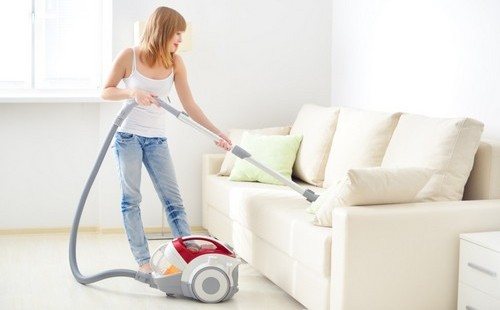
Fabrics of light shades should be vacuumed frequently. Fresh stains can be removed with weak diluted alcohol or by cleaning with a steam cleaner.
Upholstery color update for upholstered furniture
You can restore the color of your furniture using special restorative household products – sprays, ointments. Wax or vegetable oil (in limited quantities) can give the coating its original shine. It is not so easy to restore the former appearance of the fabric. You can reupholster the sofa with new material or put on removable covers. The best way to prevent the fabric from “aging” is to clean it in a timely manner.
How to get rid of unpleasant odors from upholstered furniture
Traces of urine, beer, vomit can emit an unpleasant odor throughout the room. Fresh stains should be sprinkled with soda or salt. Remove after 15 minutes. If there is a damp smell, the coating must be dried.
How to remove greasy stains from upholstered furniture
Such stains are removed with a rag soaked in glycerin, diluted ammonia, laundry soap foam, soda.The stain is easily removed with cold water and laundry soap.


